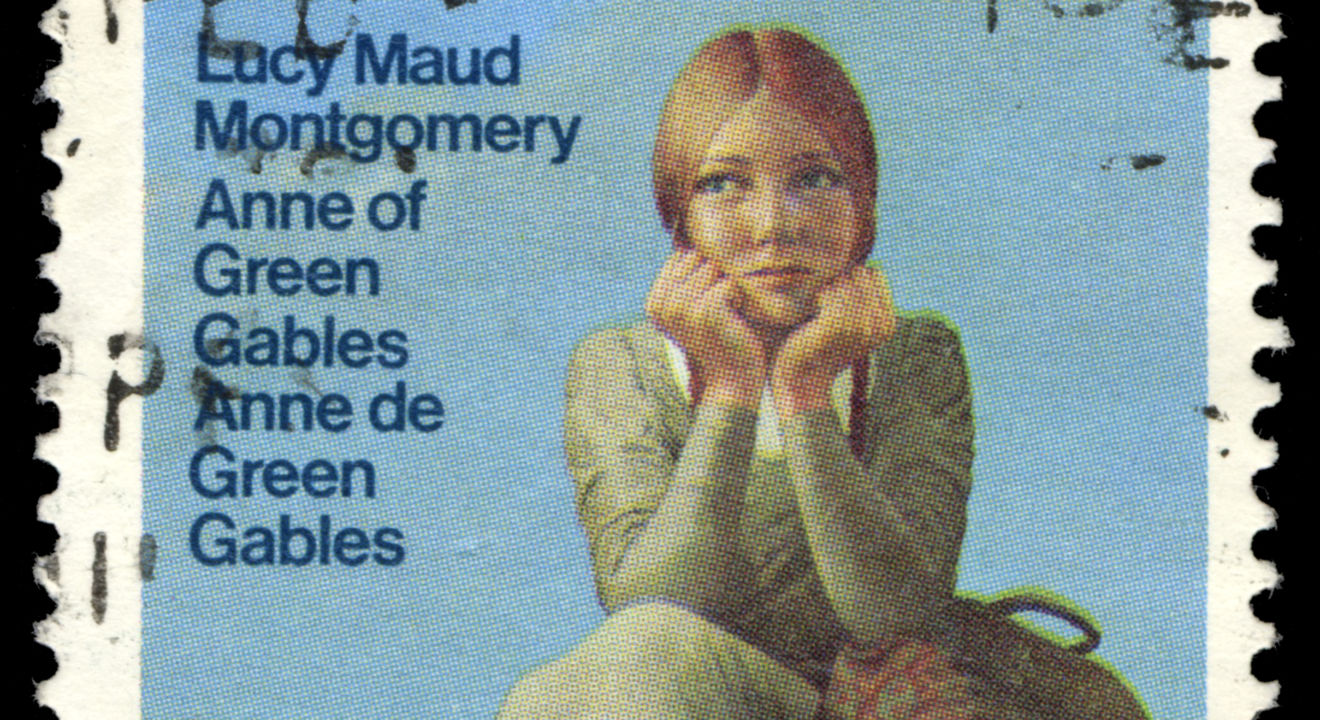Inspiration August 21, 2017


Many people know the story of 11-year-old orphan Anne Shirley. Some ’90s kids may have even watched the animated series on the character.
However, not a lot of people know the author, Lucy Maud Montgomery. And they especially don’t know that she never intended to write an entire series on Anne.
People have been praising Montgomery for her success as a female author for years, and if you need to be caught up, we’ve got you covered.
Here are five facts about the amazing writer.
Montgomery was born on Nov. 30, 1874 in what is now New London, Prince Edward Island.
Her mother, Clara Woolner MacNeill, died of tuberculosis when she was less than two years old. Montgomery’s father, Hugh John Montgomery, then moved to western Canada where he eventually settled and remarried.
Hugh left Montgomery with her maternal grandparents in Cavendish. While living with her grandparents, she attended a district school from age 6 to 17. And at just 15 years old, her first poem was published in a local newspaper.
Montgomery always knew she wanted to write, but she dreaded the idea of writing an entire novel.
Eventually, she stumbled upon the idea for the “Anne of Green Gables” books when she came across a notebook of plots she wrote for a Sunday School paper. The entry was, “Elderly couple apply to orphan asylum for a boy. By mistake a girl is sent them.”
She never expected the books to blow up the way they did.
“But men and women who are grandparents, boys at school and college, old pioneers in the Australian bush, Mohammedan girls in India, missionaries in China, monks in remote monasteries, premiers of Great Britain and red-headed people all over the world have written to me telling me how they loved Anne and her successors,” Montgomery wrote in the preface of her novel, “The Story Girl Chronicles.”
She originally submitted her novels under L.M. Montgomery to keep her gender a secret. Montgomery was an assistant Post Mistress to her grandmother, which gave her access to submit her work anonymously. After multiple rejections, Page Company of Boston, Mass. accepted her work and Montgomery started making a comfortable salary.
In 1935, Montgomery received a letter from the Prime Minister of Canada, R.B. Bennett, acknowledging her contribution to Canadian literature.
The letter stated:
“His Majesty the King is very anxious that in this Silver Jubilee year of His Reign there should be recognition of the work of men and women who have made real contributions to the cultural life of the Empire in Literature, Art, Music and Science. It will therefore give me very great pleasure if you will permit me to recommend to the Sovereign that on His approaching Jubilee birthday you be appointed an Officer of the Order of the British Empire.”
Canada named Montgomery a member of the British Royal Society of Arts, making her the first Canadian member.
Montgomery qualified for a teacher’s license at Prince of Wales College, Charlottetown, Prince Edward Island in 1894 after completing a two-year program in one year and graduating with honors. She then taught at schools in Bideford, Belmont and Lower Bedeque.
Then from 1895 to 1896, she studied English literature at Dalhousie University in Halifax, Nova Scotia. In 1901, she started working as a proofreader for The Daily Echo in Halifax.
She also wrote multiple stories, poems and serials for Canadian, British and American publications.
Montgomery was engaged to her third cousin, Edwin Simpson of Belmont. But then she became infatuated with a man named Hermann Leard, a farmer in Bedeque, Prince Edward Island, so she broke off the engagement. However, when she moved back in with her grandmother after her grandfather died in 1899, she learned Leard died from influenza.
Montgomery then married Minister Edwin Macdonald in 1911 after being secretly engaged to him since 1906. They had two sons together Chester and Stuart. She also had a stillbirth with her third son.
But she felt restricted and unhappy the moment she was married. She wrote in her journal about her feelings right after she was officially married. Montgomery wrote about how, if she could’ve torn her ring off right then and there, she would have.
“But it was too late – and the realization that it was too late fell over me like a black cloud of wretchedness. I sat at that gay bridal feast, in my white veil and orange blossoms, beside the man I had married – and I was as unhappy as I had ever been in my life.”
Although they stayed married until the end of her life, her marriage took a toll on her happiness and well-being.
Montgomery died April 24, 1942. Up until eight years ago, it was assumed Montgomery died from heart failure, but her granddaughter Kate Macdonald Butler, daughter of Stuart, came out with a hidden secret in a The Globe and Mail article.
Montgomery took her own life with a drug overdose.
“Although she was a very successful author, her life was overshadowed by her depression, coping with her husband’s mental illness and the restrictions of her life as a clergyman’s wife and mother in an era when women’s roles were highly defined,” Macdonald wrote.
After speaking to her family, she decided it was important to come out with the news due to the stigma surrounding mental health illnesses.
“I have come to feel very strongly that the stigma surrounding mental illness will be forever upon us as a society until we sweep away the misconception that depression happens to other people, not us – and most certainly not to our heroes and icons,” Macdonald wrote.
Despite her depression, she lived a life filled with incredible success and achievements.